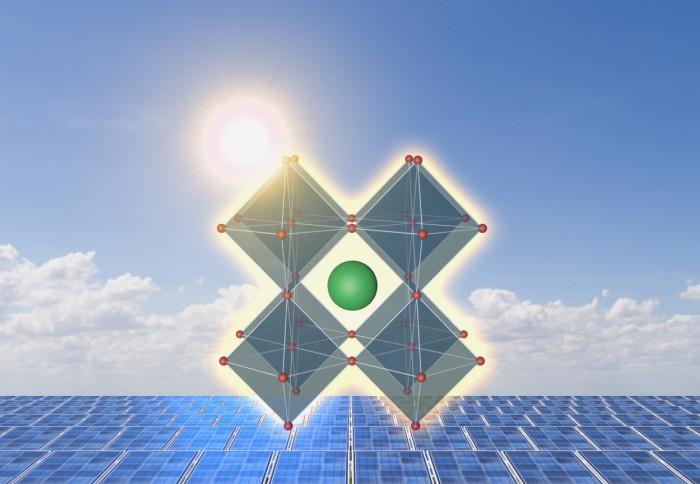Stabilising solar cells
by Lisa Bushby

Stable high-performance tin perovskites that show potential as new solar cells.
Perovskites are materials developed for next-generation solar cells. Although perovskites are cheaper to make than traditional silicon-based solar panels and deliver similar efficiency, perovskites contain toxic lead substances, so alternative versions are being investigated.
Versions using tin instead of lead show promise but degrade quickly. Now, researchers at Imperial and the University of Bath have shown how these perovskites degrade to tin iodide, which, when exposed to moisture and oxygen, forms iodine. This iodine then helps form more tin iodide, causing cyclic degradation.
The team also show how the selection of a crucial layer within the perovskite can mitigate against degradation under ambient conditions and increase stability. They hope this will help researchers design more stable high-performance tin perovskites that show potential as new solar cells.
Read more in Nature Communications: “Degradation Mechanism of Hybrid Tin-Based Perovskite Solar Cells and the Critical Role of Tin (IV) Iodide”
Article text (excluding photos or graphics) © Imperial College London.
Photos and graphics subject to third party copyright used with permission or © Imperial College London.
Reporter
Lisa Bushby
Department of Physics